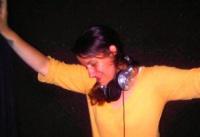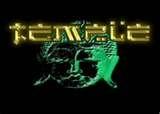
RUBEN TORO AND ADAM RIOS: KEEPING THE TEMPLE MOVEMENT AND NEW YORK NITELIFE ALIVE
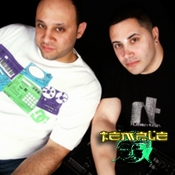
It’s an unseasonably warm October evening and as I step onto the sidewalk in front of the Fire Museum located in New York’s West Village, you can already hear the music emanating from the third floor. This is the first night of the Temple Movement party since coming back from summer hiatus and you can feel the anticipation in the air. Telling from the lights flashing through the windows above us, they are already burning down the house. Hosts, DJ Ruben Toro and Adam Rios couldn’t have selected a better venue.
It doesn’t take long to realize Ruben Toro and Adam Rios make a good team. Toro who currently helms the decks at New York’s number one Saturday night mix show, KISS Club Classics on Kiss 98.7 sees things from behind the decks like only a DJ can, and in addition, he is a consummate professional with a keen business sense. His partner Adam Rios, a DJ and producer as well, who partnered with Toro in 2008, knows exactly what the challenges facing the club scene and the Temple parties in particular are like only someone with years of management experience can. Both are working hard to make the Temple Party mean something in a city that doesn’t necessarily play nice with club culture. “NY has changed so much in the past 5 years,” says Rios. “A lot of clubs are gone, the big venues are gone, the ones that are staying in business are having problems with the police. It’s tough,” he says as we meet outside the museum’s doors before entering.
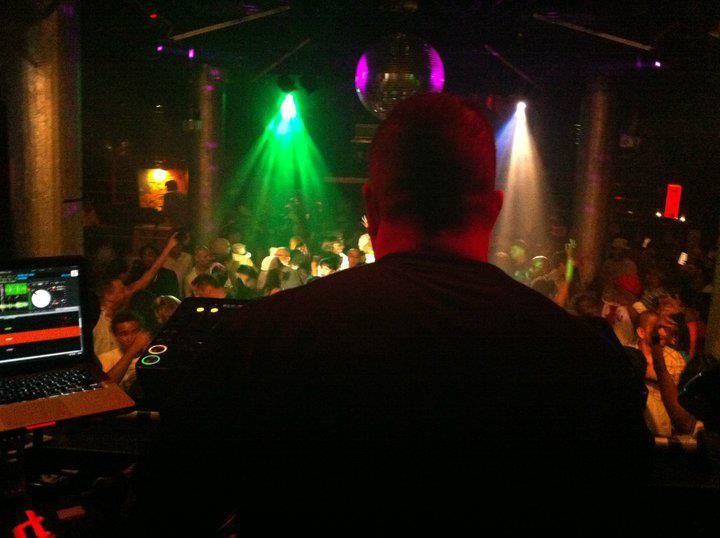
Toro started the Temple Movement party back in 2004 in an effort to bring back the good ole’ days of the Shelter, but the current state of affairs casts a heavy vibe, as thick as the House beats, over the club scene. Police crackdowns, the economic downturn, the seasons themselves affect the scene. “During the summertime it’s really hard to keep a fan base when they have so many free things going on in the city,” says Rios. “We took a hiatus after March. Being that the weather gets hot, it makes it easier to go out and do outdoor events and people come out for that as opposed to trying to get people to come out and see you play. In the summer time the club scene is pretty tough.”
Simply having a loyal following such as the one the Temple parties have amassed over the last few years is a blessing and in the past would have secured a level of comfort that now is simply not there. And this is what these two guys knowingly thrust themselves into? “Deep House in New York is a sub culture, a sub genre of House now,” says Rios. “These parties are more intimate; they’re smaller, high energy, but the profit margin is much smaller because people don’t come out and drink as much, they come out and dance, they enjoy the music, they love the life, they’re not really into drinking and getting drunk and trying to spend their money. So clubs have gone more for commercialized House.” With actual police sirens blaring in the background and the cacophony of New York nitelife drowning out our conversation we decide to walk in. It’s time I go and see for myself.
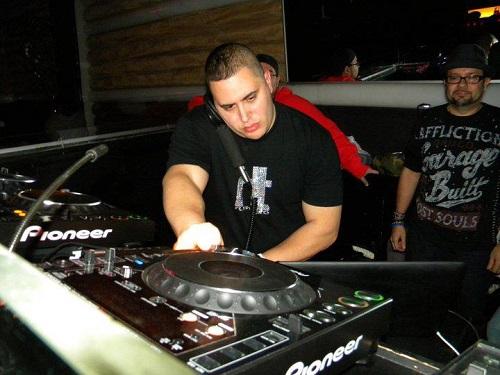
Upon walking into the Fire Museum, you quickly notice it’s not like a regular museum, on this night at least. No museum curator, no kids running amok, just grown folk, some already bopping their heads, others excited to see old friends, everyone with a sparkle of anticipation in their eyes. As you step in there’s a small makeshift table where they collect the fee for the night and tag your wrist with the obligatory tattoo signifying you’re allowed entry. A small room near the front, regularly the Museums shop, now has Ruben Toro and Temple T-shirts for sale. Stepping into the elevator you notice something you may never have expected to see in one; a fire hydrant. People marvel at it, along with the pictures on the walls of emergency personnel looking serene as they pose in otherwise disturbing scenes. Everyone seems to still be getting use to the fact that they’re in a museum – then the doors open.
As you exit the elevator, you are immediately surrounded by a sea of gyrating silhouettes swarming all around you. The heat emanating from the dance floor is so intense that when I finally make my way to the DJ booth, I find a shirtless Toro behind the turntables. I look around and notice he is not the only one shirtless, and the ones that are actually wearing something are drenched in sweat. The patrons are a diverse group, young and mature, straight, gay, couples, break-dancers and those lost in a world of their own.
I spoke with Toro on a later date as it was impossible to speak to him on this night. But I made a point to ask him about the inspiration behind the vibe he has created at his Temple parties. “I tried to take what I learned from working at the Shelter back in 90 to 93 and implement that into my parties. What I’ve seen and experienced so I try to express that through my parties and bring that back to life.” And it seems to be working. Like the music showering the crowd, enjoying the night’s festivities there is positivity in the air.
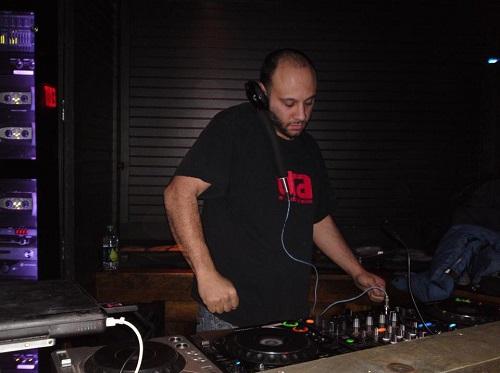
Technology and in particular the Internet has changed the game. Toro lists the changes, “YouTube, Facebook, MySpace, cell phones, it’s easier cuz back then in order for you to do mass mailings you had to print out a flyer, do postage, go to the post office, mail it out. It’s very expensive. Nowadays you can just do an e-blast and you’re done within a couple of minutes and people get it. So it’s cheaper.”
Of course, hearing Toro tell it, it’s not always, about what’s going on in the world outside the club. For Toro, a lot of the responsibility rests on the DJ. “You have a lot of people that play the same records but it’s not the same vibe. I say that just because you play the same 10 records that I do doesn’t mean you’re gonna get the same reaction. I believe the three important things that make a good DJ is one who knows what to play, when to play it and how to play it. A lot of the parties nowadays it’s just not the same vibe.”
Commercial the Temple parties are not. Baby powder graces the floor as bodies acrobatically flip, slip, and slide to the music, which, is hard four to the floor House bangers straight through. This is what the Temple Movement is all about. Looking at the crowd, you hope it never ends. I look back up at Toro on the makeshift stage and know exactly why he and Rios do it. Home is where the House is.


